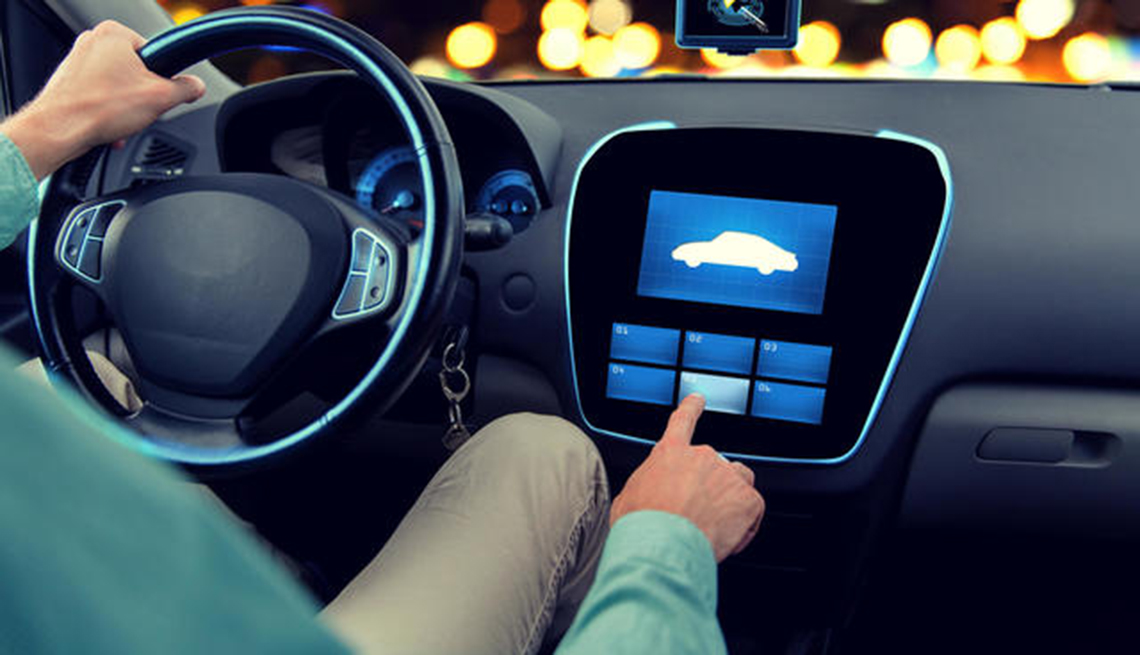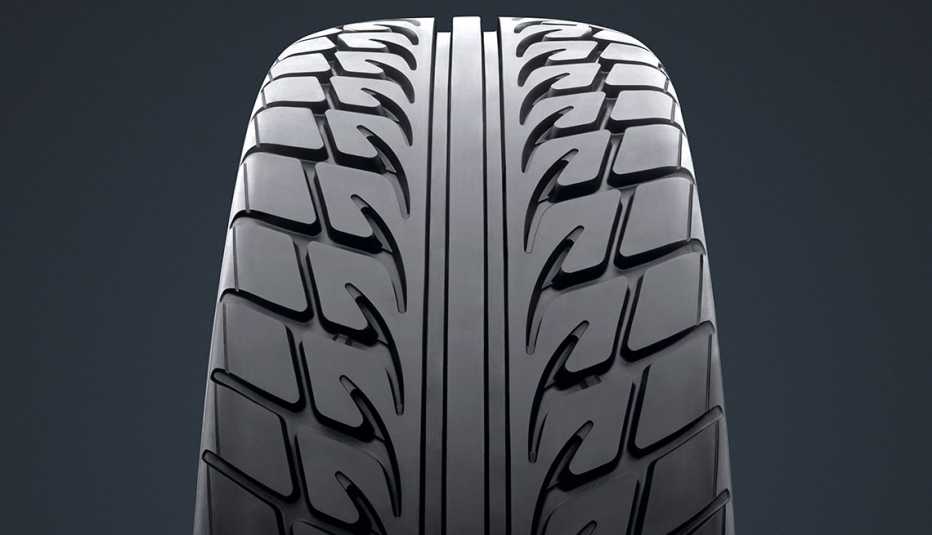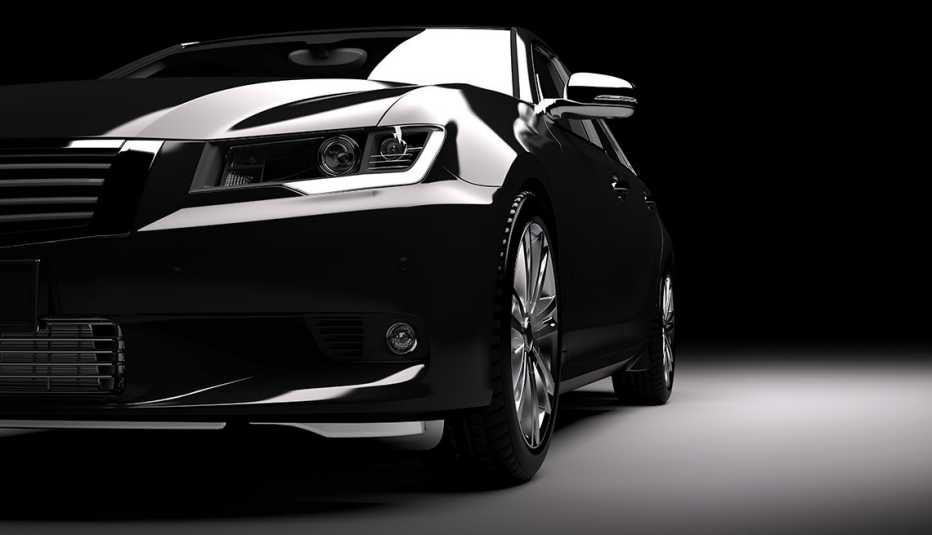AARP Hearing Center
AARP's Smart DriverTEK workshop is designed to help people over 50 learn about the safety technology they are likely to find in their new cars
Current and emerging technologies are being installed in an ever-increasing number of vehicle models. The problem? Many older drivers don’t take advantage of these new safety features. The goal of the Smart DriverTEK class is to correct this, extending the number of years those over 50 are able to safely stay on the road.
AARP developed the educational workshop in partnership with the Hartford, after drivers started expressing interest in learning more about evolving hi-tech advances. It is distinct from AARP’s Smart Driver course in that it will not result in a discount on your auto insurance, but the workshop (which costs $5 in some states) does offer a deep dive into systems built to protect drivers and passengers. “With the changes in vehicle technology over the last five years, it’s critical for drivers to stay updated and informed,” said Kyle Rakow, vice president and national director of AARP Driver Safety.
“Too many older consumers buy a new car fully loaded with these safety technologies … that they don’t fully understand how to operate,” says Ken Ow, 64, an AARP Smart Driver instructor and CarFit event coordinator. “Mature drivers feel overwhelmed."
Smart DriverTEK, with workshops around the country, aims to change that.
At a recent 90-minute AARP workshop in Bethesda, Md., about two dozen drivers gathered to hear Janae Wheeler explain safety features that go way beyond airbags and crumple zones. Imagine, for example, brakes that automatically activate before a crash, preventing a collision.
Wheeler highlighted the safety technologies available to consumers today and stressed that it’s crucial to ask the car dealer to explain and demonstrate how to activate and use them. She gave the participants a checklist of nine key safety features that are important to understand.
1. Smart headlights In many new cars, curve-adaptive headlights help you see more clearly as you maneuver along dark, curvy roads. Another helpful addition is high-beam assist, which reduces glare and allows you to avoid manually switching between high and low beams when another vehicle approaches (your car does it automatically).































































